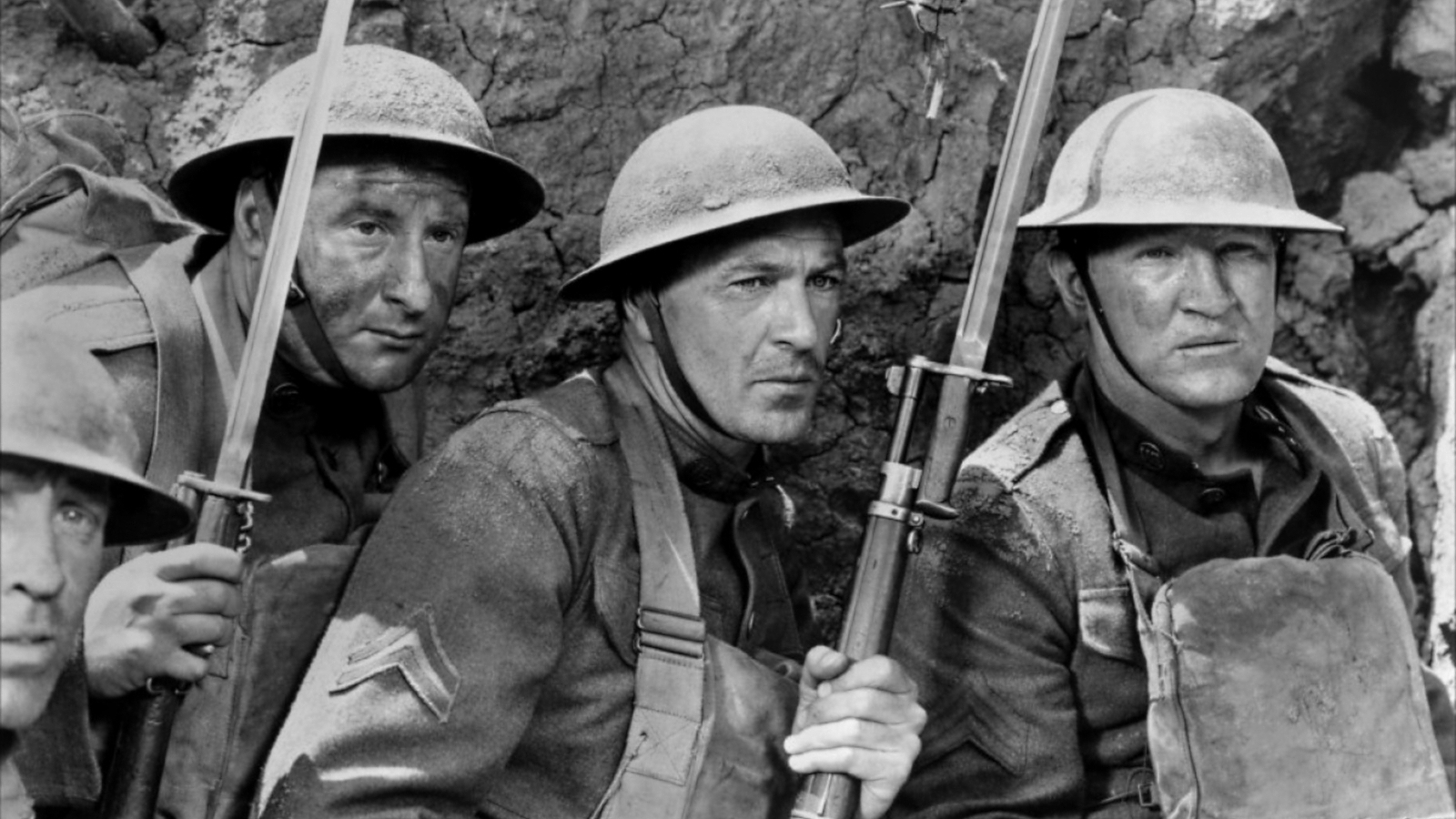The Line that Held Us
/It’s been quite a while since a novel has gotten its hooks into me the way The Line that Held Us did. Set in the rural North Carolina mountains near where I went to high school, this story by David Joy opens with an accidental killing that leads to lies, more lies, and ever more violence—including murder.
Darl Moody is hunting on another man’s property, hoping to shoot an out-of-season buck for some extra meat, when he spots what he takes to be a wild hog rooting around the forest in the twilight. He shoots it and finds that he’s actually killed Carol “Sissy” Brewer, a simpleminded man he knew in high school. Like Darl, Sissy was poaching—ginseng, in this case. Darl is terrified. He’s not only accidentally killed a man while committing a crime himself, the victim is a Brewer, and the Brewers are a white trash family known for their independence and violence. Sissy’s brother Dwayne is a ruthless giant who delights in provocation and cutting people down to size, and he’s the devoted protector of his little brother. If Darl confesses to the killing he’ll go to jail—and he’ll have to contend with Dwayne.
Faced with this dilemma, Darl tries to wriggle his way out of it and calls up his best friend, Calvin Hooper. After a lot of begging, Darl convinces Calvin to help him cover up the killing, and they bury Sissy in one of Calvin’s fields.
This accident and their response to it set in motion a cycle of lies, suspicion, and violence. Dwayne, whom we first meet bullying some bullies in the Franklin Walmart, proves an excellent detective and wreaks terrible vengeance as he works his way toward the truth of what happened to his missing brother. Darl and Calvin, for their part, repeatedly double down on their lies, seeking refuge in the continually shrinking cover of untruth and exposing themselves and the people they love to more and more danger.
I don’t want to say much more about the plot, but it surprised me several times—again, something I haven’t felt in a lot of my recent fiction reading. And I haven’t felt such a keen sense of dread in a long time, either. Both of these things—the surprising turns and the steadily mounting dread—stem from the powerful characters Joy has created.
Darl and especially Calvin feel like real people; I pictured them as some of the guys I grew up and went to high school with. I know the type—think of an Appalachian Llewellyn Moss—and their actions are authentically motivated and true to life. They’re independent minded but bound by bone-deep obligations to the land and their families. Perhaps the only tie that proves stronger is their friendship. Joy develops real and recognizable secondary and tertiary characters, especially Coon Coward, the old loner, fiercely protective of his ginseng patch, upon whose property the story’s tragic hamartia begins.
But the real standouts among the supporting characters are the women—the mothers, sisters, and aunts that shore up mountain communities: “For as tough as the men were in these mountains,” he writes, “the women had always been stone. They were used to loss, accustomed to never having enough. They were fit for the harshness of this world.” Chief among them is Angie Moss, Calvin’s girlfriend. Angie embodies a seemingly paradoxical pair of hillbilly qualities: intense personal independence and unshakeable loyalty to other people—in this case, Calvin, and, as we find out early in the book, their unborn child. Angie plays a small but crucial role in the book, raising the stakes both for Calvin, whose lies ensnare him and then threaten to undo his world, and for Dwayne.
“Dwayne is an Old Testament prophet, moved to wrath by love.”
For Dwayne Brewer is the most arresting character in the book. Scarred by his upbringing but defiantly embracing it, a bundle of ideals and resentments, violence and tenderness, Dwayne quotes the Bible with the facility of a seminarian and believes unyieldingly in the rightness and immutability of God’s law, but leaves no room for forgiveness. He is an Old Testament prophet, moved to wrath by love. His sole motive in life is to protect his beloved brother; deprived of that, his mission becomes to foretell and inflict as much suffering on the transgressors as possible. He’s at his most terrifying when he has a point.
These character traits and bonds of loyalty and obligation drive the novel. Calvin helps Darl cover up his manslaughter out of brotherly love. Angie finds deep reserves of steadfastness, endurance, and courage out of love for her unborn child. And Dwayne wreaks the havoc he does out of love for his dead brother. And all of these characters—with the exception of Angie—wrestle with the consequences of their misplaced and disordered loves.
In a novel so attentive to the damage done to relationships and human lives by one primordial sin, the ensuing deceit, and the inevitable death and damnation that must come without an unforeseen and un-hoped for mercy, it cannot be coincidence that one of the protagonists is named Calvin.
The Line that Held Us is dark; violent; grotesque in the right ways and the right places, with torture, exhumations, and brutality I haven’t even mentioned; elegantly written, with an evident love for the mountains in which it takes place; and utterly gripping. I lost sleep—and at the busiest time of the semester—to finish this book. If you want a hard look at some of the places we can go out of love and loyalty, pick it up.
*****
You can watch Joy read the first chapter of The Line that Held Us and discuss the book as a whole here. I’m not surprised to learn that Joy is a fan of Ron Rash, as am I, and he also mentions Cormac McCarthy’s Lester Ballard in describing Dwayne. A good interview, well worth watching if my review has piqued your interest in this excellent novel.





















